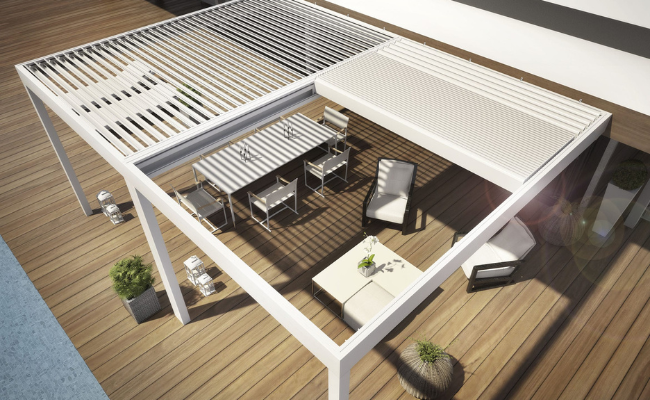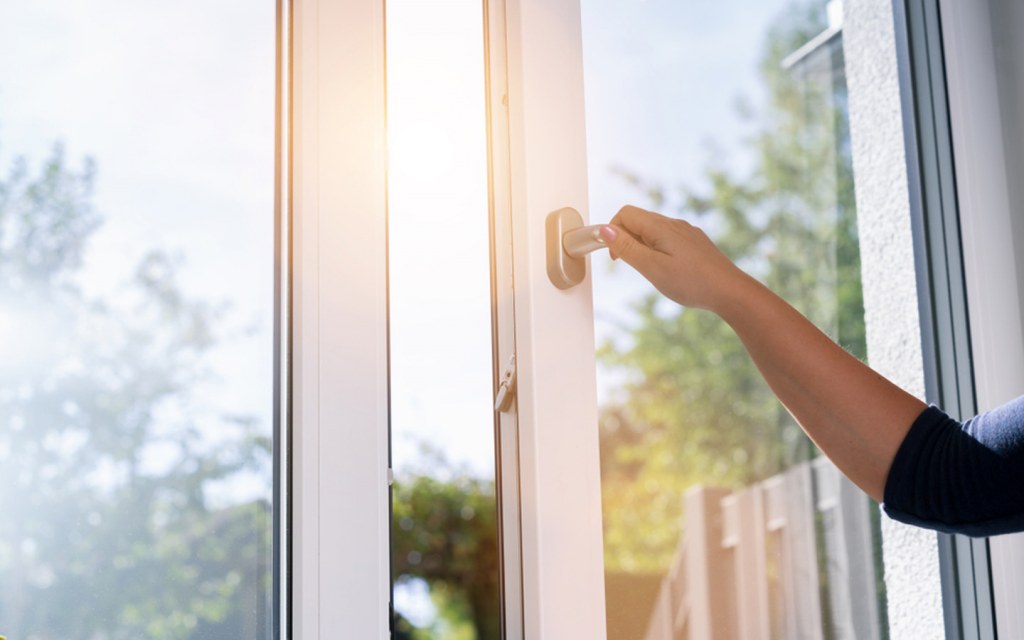To keep your house cool in the summer using sun shades, you can follow these tips:
Install Exterior Sun Shades:
Exterior sun shades, also known as solar shades or outdoor blinds, are designed to block the sun’s heat and glare before it enters your home. These shades are usually made of a mesh or fabric material that allows you to see outside while reducing the amount of heat coming in. Install these shades on the exterior of your windows or patio areas facing direct sunlight.
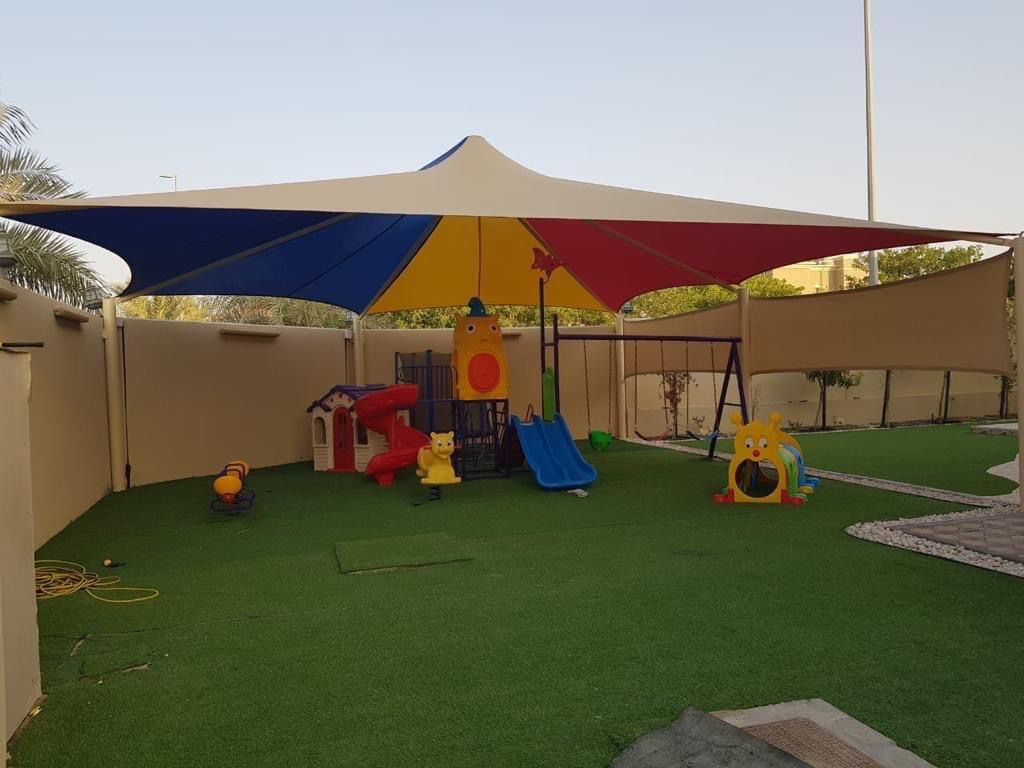
Use Window Film:
Window film is a thin, transparent sheet that can be applied to the inside of your windows. It helps block the sun’s heat and harmful UV rays while allowing natural light to enter. Look for window films that are specifically designed to reduce heat gain and choose a shade that suits your preference.
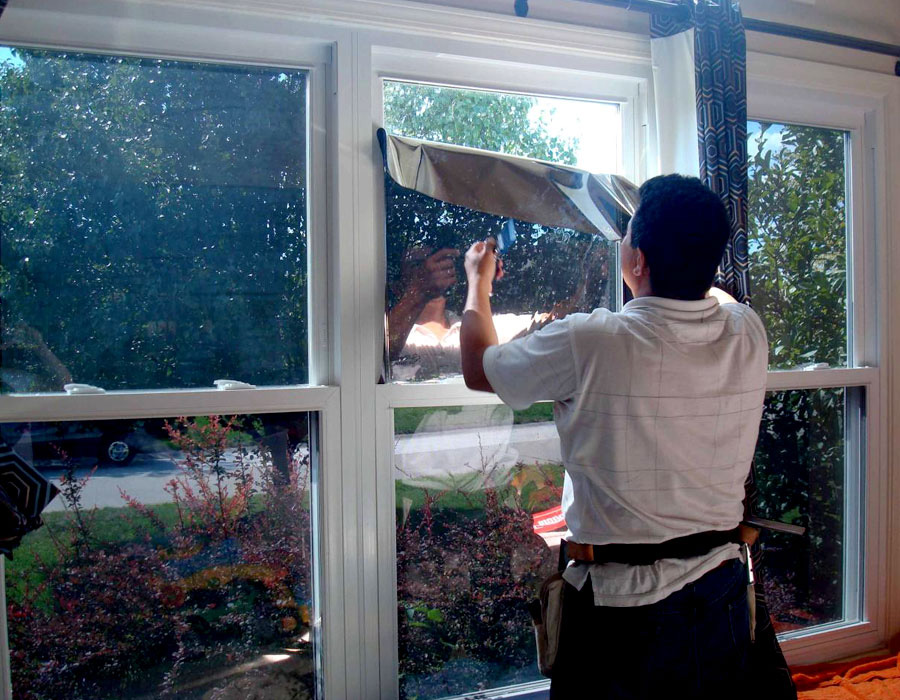
Close Curtains or Blinds:
Keep your curtains or blinds closed during the hottest parts of the day, especially for windows facing the sun. This will help prevent the heat from entering your home and keep the interior cooler. Opt for light-colored curtains or reflective blinds that can help deflect sunlight.
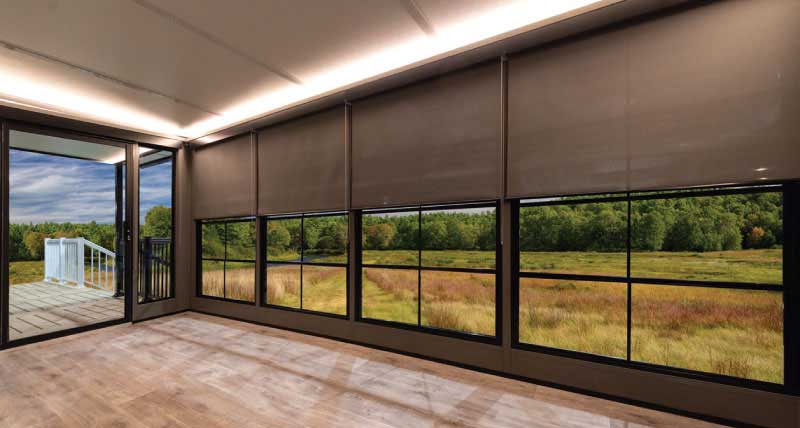
Utilize Indoor Sun Shades:
Indoor sun shades are similar to exterior shades but are installed on the inside of your windows. They work by reducing the amount of solar heat gain, blocking glare, and maintaining your privacy. These shades can be manually operated or motorized for convenience.

Create Shade Outdoors:
Install shade structures, such as awnings, pergolas, or umbrellas, in your outdoor spaces. This will help create shade and reduce the amount of direct sunlight reaching your windows and walls. By shading the exterior, you can minimize heat absorption and keep the house cooler.

Ventilate Properly:
Use natural ventilation techniques during cooler times of the day, such as early mornings or late evenings. Open windows on opposite sides of your house to create cross-ventilation, allowing fresh air to circulate and cool down your living spaces. You can also use ceiling fans or portable fans to enhance air movement.
Insulate Your Home:
Ensure that your home is properly insulated to prevent heat transfer from the outside. Insulation helps in maintaining a more stable indoor temperature, reducing the need for excessive cooling. Check for any gaps, leaks, or areas that need insulation and seal them accordingly.

Utilize Trees and Landscaping:
Plant trees strategically around your house to provide shade and block direct sunlight. Deciduous trees are particularly useful, as they provide shade in the summer but allow sunlight to pass through in the winter when their leaves fall. Additionally, using light-colored or reflective surfaces for outdoor flooring and walls can help reduce heat absorption.
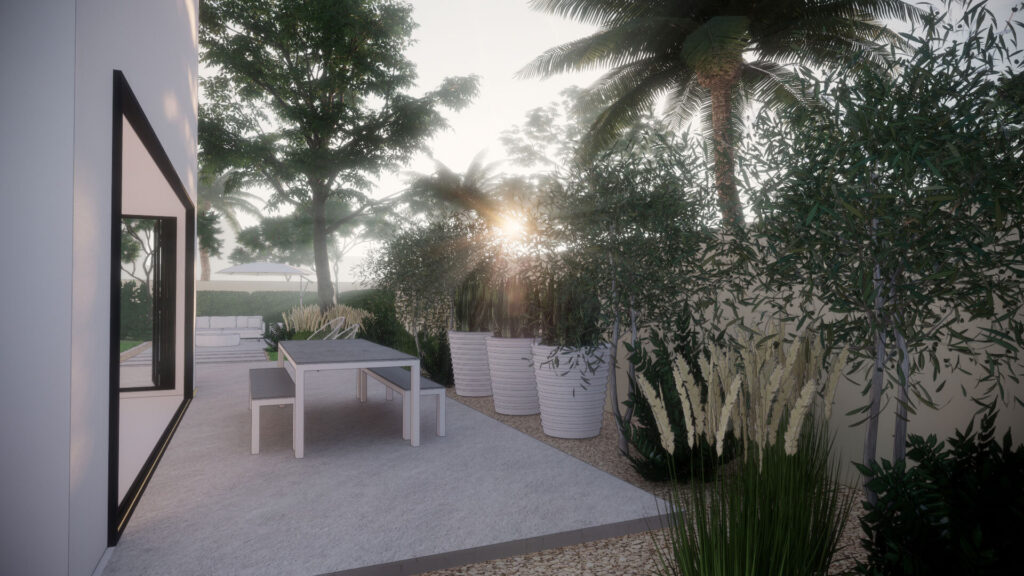
Remember, a combination of these strategies can provide the best results. It’s important to assess your specific climate, orientation of the house, and individual preferences to determine the most effective sunshade solutions for keeping your house cool in the summer.


